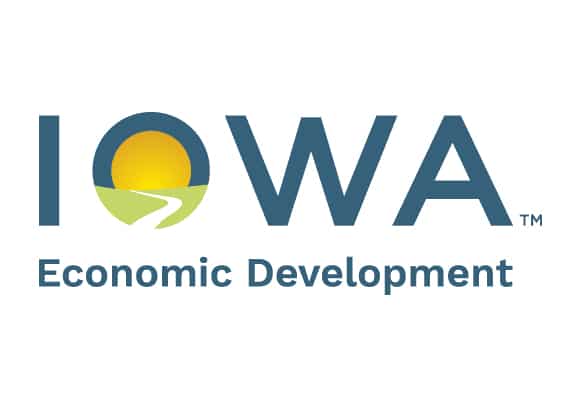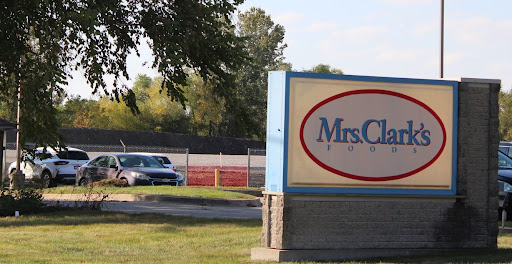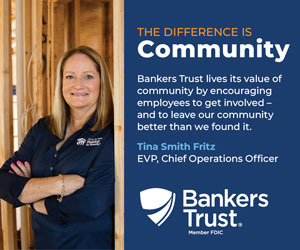Strong exports, increased cash rents and hiring behind growth in Iowa’s rural economycr

Iowa’s rural economy strengthened in May as a result of increased hiring and strong exports supported by commodity prices, a survey of rural bank managers shows.
According to Creighton University’s Rural Mainstreet Index, Iowa’s index score rose to 56.7, from 53.4 in April.
The index is an early snapshot of the economy in agriculturally and energy-dependent areas of the country. It focuses on 200 rural communities with an average population of 1,300 in 10 states, including Iowa.
The index ranges from zero to 100 with a score of 50 representing neutral growth over the next three to six months.
Ernie Goss, the Jack A. MacAllister chair in regional economics at Creighton’s Heider College of Business, said Iowa’s rural economy is supported by its strong position in the nation’s export market.
“For 2021, the Iowa export of farm commodities to Mexico represented 61.5% of all farm commodity exports,” he said in the May index report. “The depreciation of the dollar to the peso was very supportive of these exports in 2021.”
The 10-state region exported $10.6 billion of farm commodities, including livestock, in 2021. About 57% of those exports went to Mexico. Despite the rapid rise in the dollar against most currencies, the dollar depreciated by almost 17% against the Mexican peso, making U.S. ag products more competitively priced in Mexico.
The increase in Iowa’s score was also supported by an increase in its new-hiring index, which rose to 69.2 from 62.1 in April. The state’s farmland price index fell more than 7 points to 71.
For the region as a whole, the index score fell to 57.7, its lowest level since February 2021.
“Much like the nation, the growth in the Rural Mainstreet economy is slowing,” Goss said. “Supply chain disruptions from transportation bottlenecks and labor shortages continue to constrain growth.”
Goss said the decline in May’s index is also the result of farmers and bankers who “are bracing for escalating interest rates — both long-term and short-term.”
The survey showed that 70% of bankers anticipate that the Federal Reserve will hike rates by 0.5% at its next meeting.in June.
The survey’s loan volume index jumped more than 20 points to 73 on increased borrowing.
“Escalating costs of farm inputs pushed borrowing up to its highest reading since May 2020,” Goss said.
The farmland price index remained strong in May, despite dropping 8 points to 72. The survey continues to register consistent and strong growth in farmland prices.
Cash rents have risen an average of 9.6% to $250 per acre for non-irrigated cropland over the past year, bankers said in the survey.










